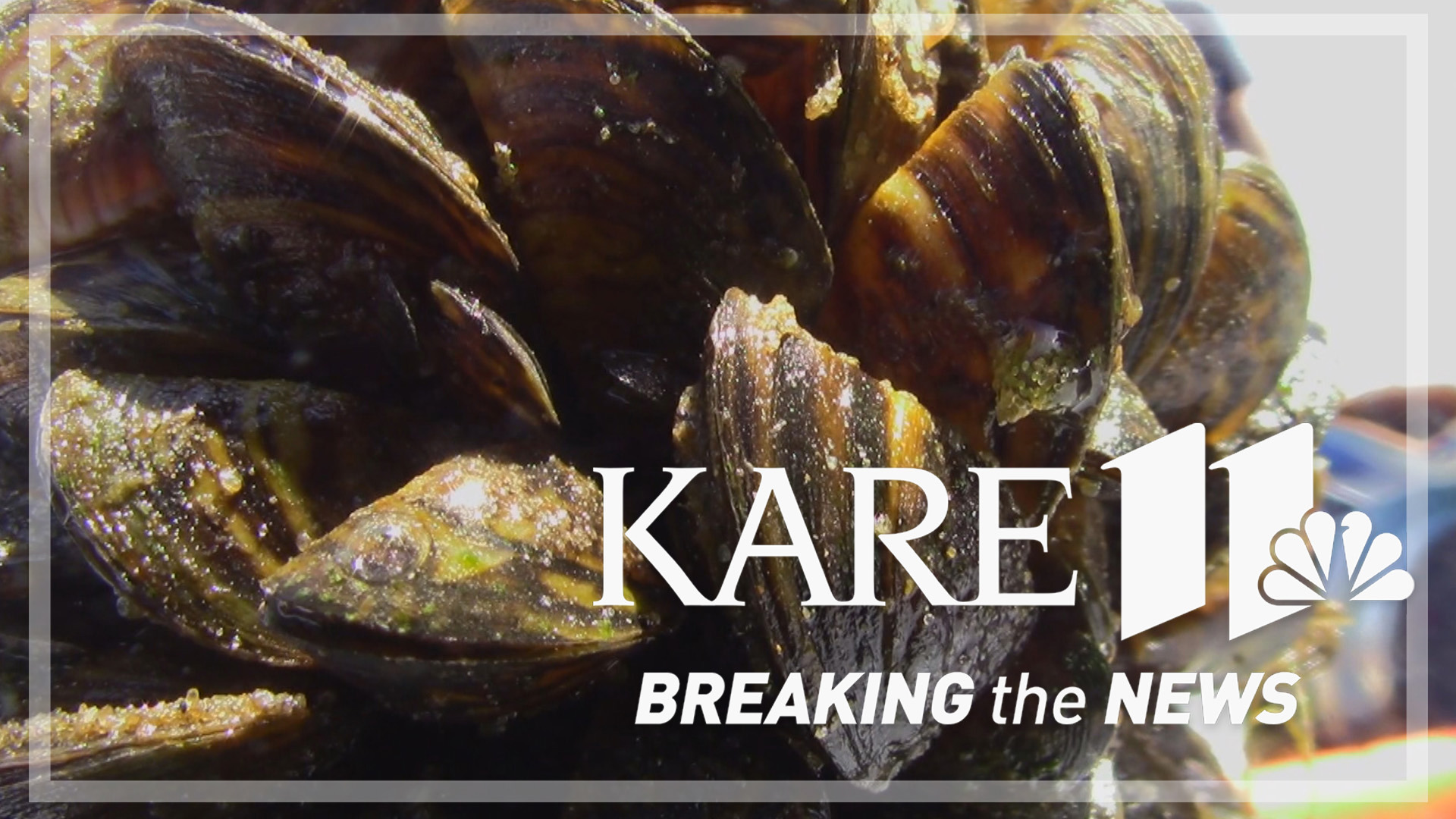FALCON HEIGHTS, Minn. — The Department of Natural Resources (DNR) Building at the Minnesota State Fair is a great place to learn about the native fish and animals we have in Minnesota, along with some of the non-native species, like the zebra mussel.
The very first zebra mussel was discovered in Minnesota 35 years ago in Lake Superior.
To learn more about what has happened since then KARE 11 stopped by the Minnesota State Fair to interview Tina Fitzgerald with the DNR's Watercraft Inspection Program.
"Since they were first discovered zebra mussels has been found in 311 water bodies in Minnesota," Fitzgerald said.
“That’s only 4% of Minnesota’s 11,842 lakes. So, it’s a very small amount given that it has been 30 to 40 years since they were first introduced to Minnesota, but I think we can always do better. We need to keep that number low."
The DNR has designated a lot of time and resources towards slowing down the spread of zebra mussels.
Fitzgerald says the DNR and local government entities have hired more than 800 watercraft inspectors to staff boat launches across the state.
“Zebra mussels can spread by attaching to hard surfaces. Anything that is moored in the water for more than 28 to 48 hours, zebra mussels can attach to,” Fitzgerald said.
A handful of state laws have also been passed in recent years to slow down the spread of zebra mussels.
“The highest risk things are docks, lifts and rafts that sit in the water all year and can contain a lot of zebra mussels. That’s why we have a law that if you’re moving a dock, lift or raft from one body of water to another it has to be out of the water for 21 days and completely dry in order to kill those Zebra Mussels,” Fitzgerald explained.
The DNR says it's inevitable, zebra mussels will spread to other lakes, and once they're in the water, it's impossible to remove them all.
That's why the agency and local partners are asking Minnesotans for help to keep this invasive species out of our 10,000 lakes.

